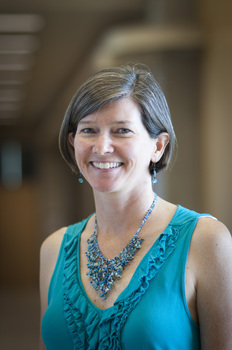Question
I have a child with severe CAS and a very limited phonetic inventory (phonological and artic errors) on my caseload. Do you have suggestions on how much time to spend on each sound?
Answer
I do not believe there is a clear cut answer to this question. I would focus on getting the child sounds that can be quickly put into functional, intelligible words and phrases. I would choose sounds that are the most stimulable. For example, bilabials are fairly stimulable and you can aid the child in getting their lips together (far easier than getting the back of the tongue up for a velar sound). Put these bilabials into words such as, 'me', 'pa' (for grandpa or father), 'pop', 'ma' or 'mom'. The glottal 'h' should be fairly stimulable as well, so you could eventually get to the phrase 'hi Mom.' After bilabials, alveolars can be stimulable as they are more visible than back sounds. When eliciting new sounds from a child, the key is to be able to get them to succeed before they get too frustrated. By working on the more stimulable and visible sounds you should be able to get the sounds into their repertoire so that you can get powerful verbal communication going, which will hopefully motivate the child to continue to work with you. You may also find that some sounds are easier to get in an actual word than in isolation as it has more meaning to the child. We recently found this with a child who we were trying to get a /v/ from. He could not do /v/ in isolation but he was able to get it in a single syllable word that he was familiar with. This may go back to the idea that children with CAS have an easier time with more automatic speech than novel. Lastly, as soon as possible you want to have the sounds you're adding to the repertoire in a sound sequence. With CAS the big challenge is planning the movement from one articulatory position to another, hence you want to incorporate that movement. When using the dynamic tactile temporal cuing (DTTC) approach, as suggested by Dr. Edythe Strand, the simultaneous production where the child says it with the clinician and adding tactile cues if necessary, is very helpful in achieving this movement goal.
This Ask the Expert was taken from the course entitled: "Incorporating Principles of Motor Learning in Speech Therapy with Clients with Childhood Apraxia of Speech" presented by Amy Skinder-Meredith, Ph.D., CCC-SLP.
Visit the SeechPathology.com eLearning Library to view all of our live, recorded, and text-based courses on a variety of topics.
Dr. Amy Skinder-Meredith received her doctorate from the University of Washington and her M.S. from the University of Arizona. She is currently an assistant professor at Washington State University Pullman. Her primary clinical and research interest is in children with motor speech disorders, and she has published and presented her research on childhood apraxia of speech (CAS) at national conferences.

